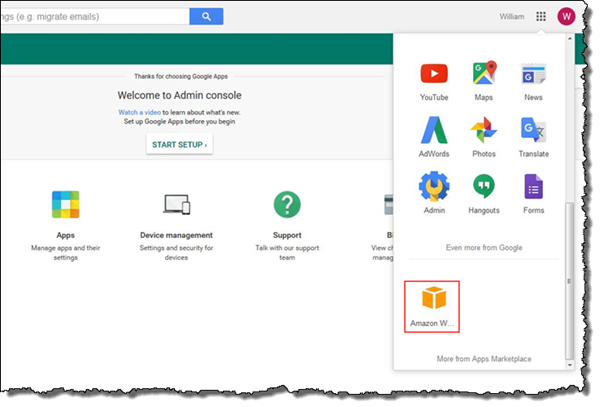AWS Security Blog
Tag: Federation
How to automate SAML federation to multiple AWS accounts from Microsoft Azure Active Directory
September 12, 2022: This blog post has been updated to reflect the new name of AWS Single Sign-On (SSO) – AWS IAM Identity Center. Read more about the name change here. December 2, 2019: Since the author wrote this post, AWS Single Sign On (AWS IAM Identity Center) has launched native features that simplify using […]
The Most Viewed AWS Security Blog Posts in 2017
September 9, 2021: Amazon Elasticsearch Service has been renamed to Amazon OpenSearch Service. See details. The following 10 posts were the most viewed AWS Security Blog posts that we published during 2017. You can use this list as a guide to catch up on your AWS Security Blog reading or read a post again that […]
Join Us for AWS Security Week November 6–9 in New York City
Want to learn how to securely deploy applications and services in the AWS Cloud? Join us in New York City at the AWS Pop-up Loft for AWS Security Week, November 6–9. At this free technical event, you will learn security concepts and strategies from AWS security professionals in sessions, demos, and labs. Here is a sampling of […]
How to Access the AWS Management Console Using AWS Microsoft AD and Your On-Premises Credentials
AWS Directory Service for Microsoft Active Directory, also known as AWS Microsoft AD, is a managed Microsoft Active Directory (AD) hosted in the AWS Cloud. Now, AWS Microsoft AD makes it easy for you to give your users permission to manage AWS resources by using on-premises AD administrative tools. With AWS Microsoft AD, you can […]
The Most Viewed AWS Security Blog Posts in 2016
September 9, 2021: Amazon Elasticsearch Service has been renamed to Amazon OpenSearch Service. See details. The following 10 posts were the most viewed AWS Security Blog posts that we published during 2016. You can use this list as a guide to catch up on your blog reading or even read a post again that you […]
In Case You Missed These: AWS Security Blog Posts from June, July, and August
In case you missed any AWS Security Blog posts from June, July, and August, they are summarized and linked to below. The posts are shown in reverse chronological order (most recent first), and the subject matter ranges from a tagging limit increase to recording SSH sessions established through a bastion host. August August 16: Updated […]
How to Use SAML to Automatically Direct Federated Users to a Specific AWS Management Console Page
Identity federation enables your enterprise users (such as Active Directory users) to access the AWS Management Console via single sign-on (SSO) by using their existing credentials. In Security Assertion Markup Language (SAML) 2.0, RelayState is an optional parameter that identifies a specified destination URL your users will access after signing in with SSO. When using […]
In Case You Missed These: AWS Security Blog Posts from March and April
In case you missed any of the AWS Security Blog posts from March and April, they are summarized and linked to below. The posts are shown in reverse chronological order (most recent first), and the subject matter ranges from the AWS Config Rules repository to automatically updating AWS WAF IP blacklists. April April 28, AWS […]
How to Set Up Federated Single Sign-On to AWS Using Google Apps
March 10, 2020: This blog post is out of date. Please refer to this post for updated info: How to set up federated single sign-on to AWS using Google Workspace The AWS Security Blog has covered a variety of solutions for federating single sign-on (SSO) to the AWS Management Console. For example, How to Connect […]
How to Set Up Uninterrupted, Federated User Access to AWS Using AD FS
Microsoft Active Directory Federation Services (AD FS) is a common identity provider that many AWS customers use to give federated users access to the AWS Management Console. AD FS uses multiple certificates to ensure secure communication between servers and to act as authentication mechanisms. One such mechanism is called the token-signing certificate. When the token-signing certificate expires, […]







